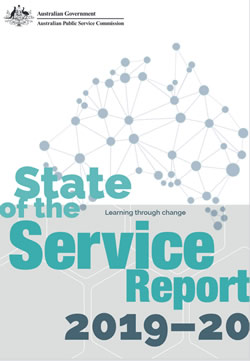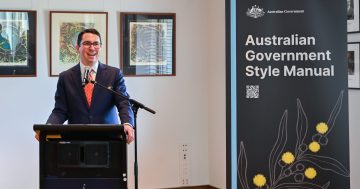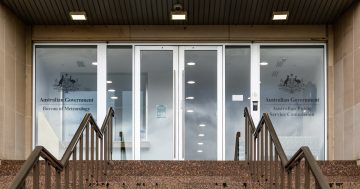 The Australian Public Service Commission (APSC) has released the findings from its latest and 23rd State of the Service survey revealing the APS has adapted to significant change and barriers arising over the past 12 months.
The Australian Public Service Commission (APSC) has released the findings from its latest and 23rd State of the Service survey revealing the APS has adapted to significant change and barriers arising over the past 12 months.
Delivered by APS Commissioner Peter Woolcott, the 2019-20 Report highlights the innovation, resilience, and mobility the APS workforce experienced across its ranks.
“I strongly believe that the quality of governance and the quality of institutions are key drivers in keeping a country and its citizens safe and prosperous,” Mr Woolcott said.
“The APS response to the Black Summer bushfires and COVID-19 has demonstrated this principle in spades,” he said.
“The events of the last year have impacted all organisations and the APS is no different. Despite the uncertainty of the times, through practical actions we have seen the APS operate as one enterprise, with commitment to service evident in each individual.”
He said responding to the bushfire and COVID-19 crises required rapid change, and identified areas where the APS could improve and develop capability.
“However we have certainly set the foundation for an APS that can respond to whatever challenges arise in the future,” Mr Woolcott said.
The Commissioner said he believed the key points from the State of the Service Report 2019-20 included:
* The surge in demand for Government services which saw the APS process 1.3 million Jobseeker claims in 55 days and the Australian Taxation Office experience a 106% increase in its April call volumes;
- The deployment of more than 8,900 APS employees to take on critical tasks within portfolios with 2,300 moving across agencies as part of the APS surge workforce;
- The fact that by April one-fifth of all APS Agencies reported that all their employees were working from home with 56% of all employees across the APS eventually working from home.
- The establishment now of a permanent Surge Reserve to deliver critical services to the Australian community should it need it in the future.
Mr Woolcott said that while there was no robust evidence of the productivity of staff – either positive or negative – over the period some APS staff in high priority areas increased their output in some cases to more than double when compared to pre-COVID levels.
He said further insights from the APS workforce on the impacts of COVID-19 including changing work practices, wellbeing and productivity, will be captured in the annual APS employee census which will be released early in 2021.
Mr Woolcott’s introductory video to the State of the Service Report can be accessed at this PS News link and the 214-page State of the Service Report itself at this link.







